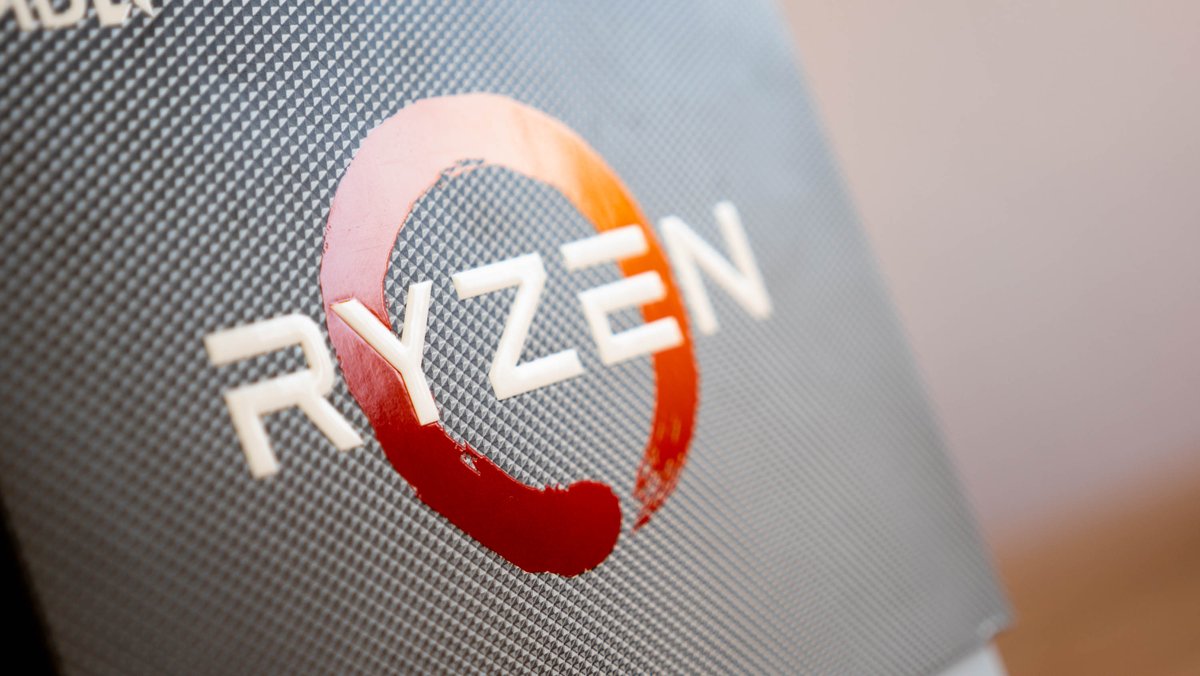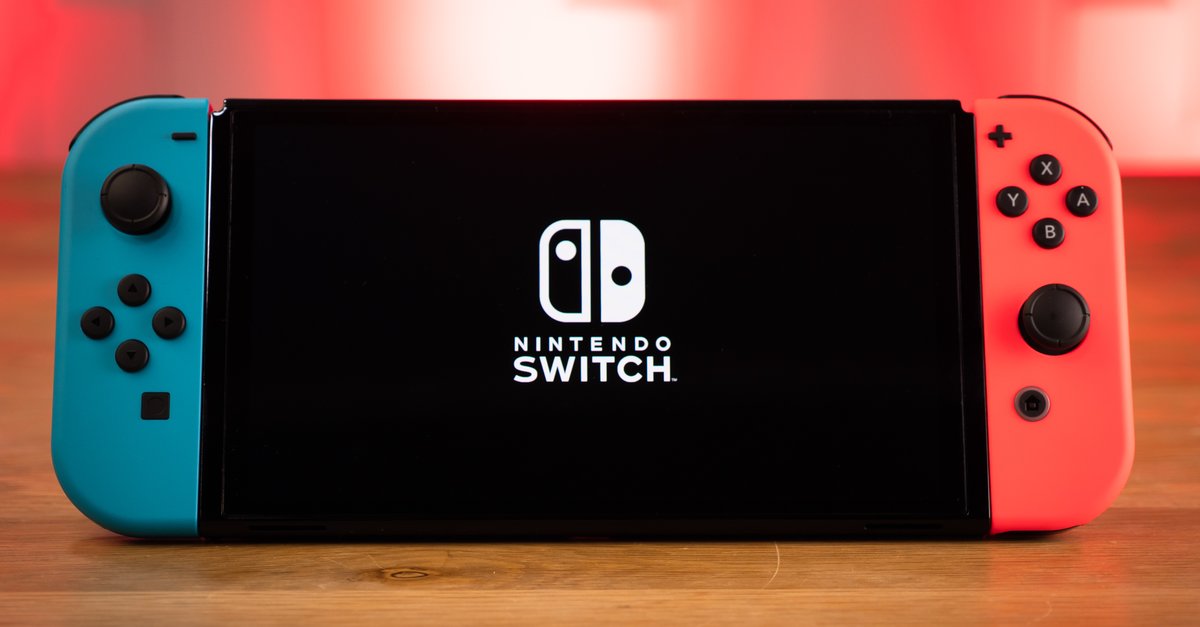New processors dispense with special technology
Since the twelfth Core i generation, Intel has relied on a new distribution of processor cores for its processors. This technology could be the future. But AMD explains that in this case it will continue to swim against the trend.
AMD speaks plain language: No division of CPU cores planned for desktop
The so-called big.LITTLE architecture has been used in smartphones for what feels like an eternity, and Intel has been using a similar distribution of CPU cores in its desktop models since the last generation.
The idea: In addition to the normal performance cores, there are also so-called cores on the chip efficiency cores for use. Although these achieve a lower maximum performance, they reduce the consumption of the processor when it is confronted with less demanding tasks – such as browsing the Internet or office work.
Even if the idea looks promising on paper, AMD currently has no plans to pursue a similar strategy in the desktop area – that makes at least one TechPowerup interview with AMD’s Vice President David McAfee unequivocally clear:
“I would say that when looking at the different core types, there are probably two overarching factors that we think about when considering how they fit into our portfolio. One is the notion that P-Cores and E-Cores used by the competition are not the approach we intend to take at all.
Because I think when you get to the point that there are core types with different ISA capabilities or IPC or things like that, it gets very complicated to make sure that the right workloads are consistently scheduled on the right cores.”
AMD could use new CPU division in laptops
According to McAfee, such a division of CPU cores results in his opinion simply no senseas desktops don’t have to contend with power constraints like laptops.
He then admits that laptops much more practical use case for such a division of the processor cores. Whether AMD will also use a similar strategy in the future, at least in the mobile sector, remains to be seen.
Don’t want to miss any more news about technology, games and pop culture? No current tests and guides? Then follow us
Facebook
or Twitter.



